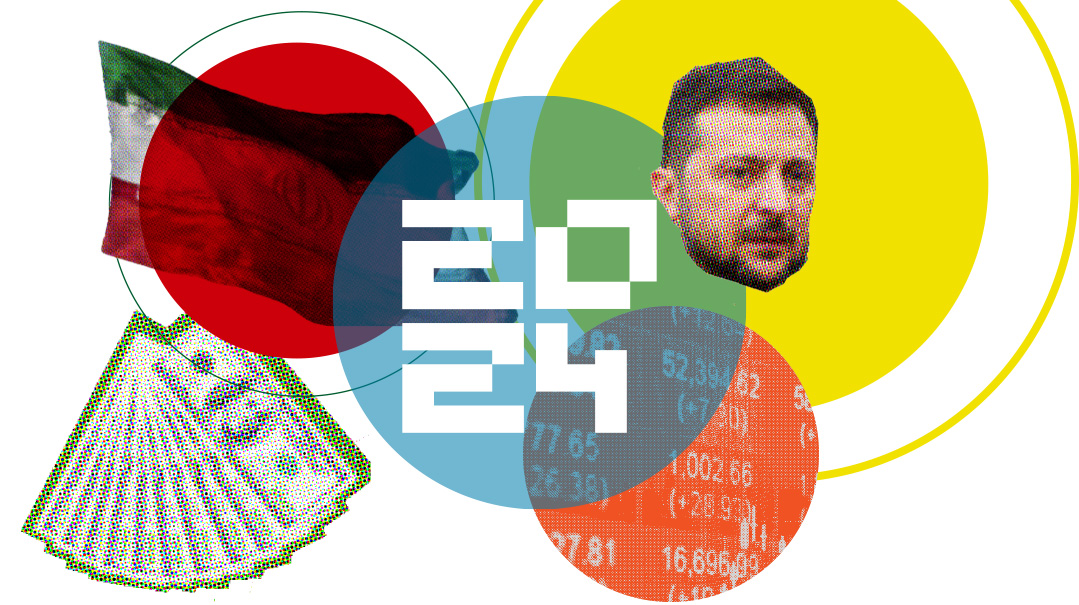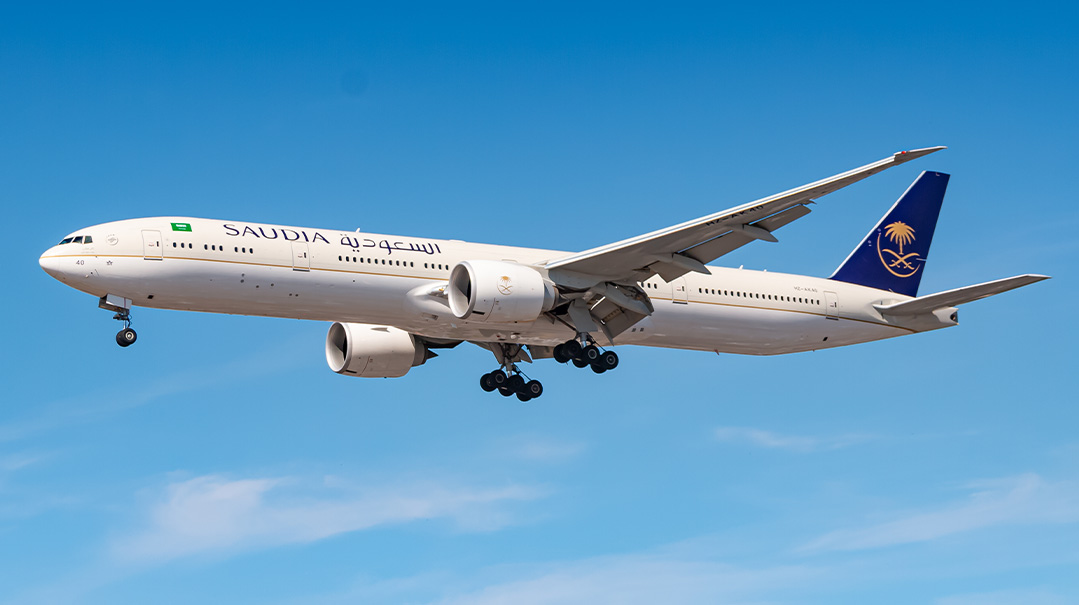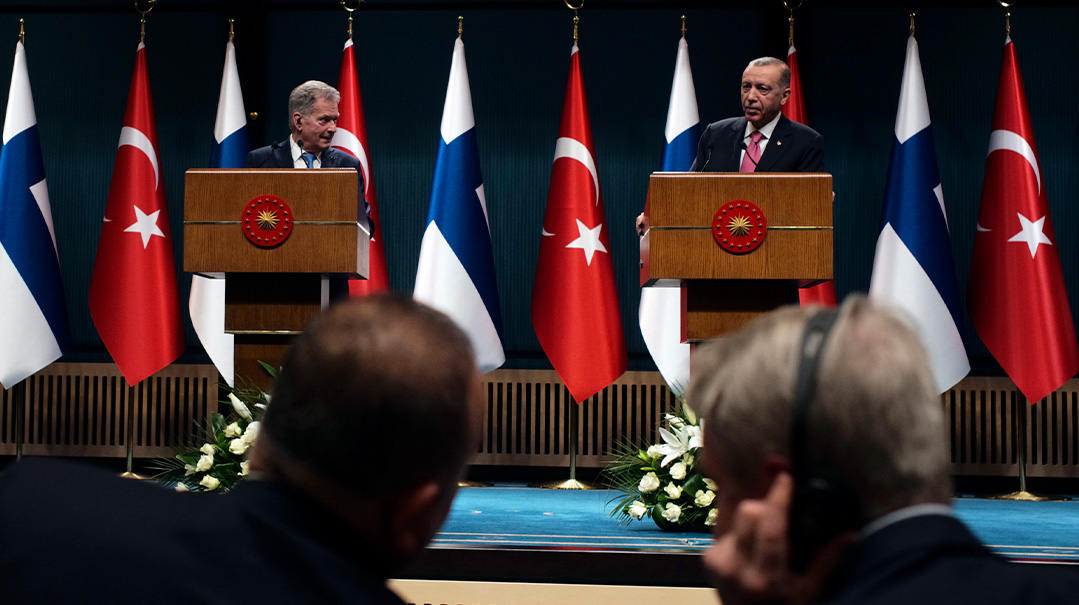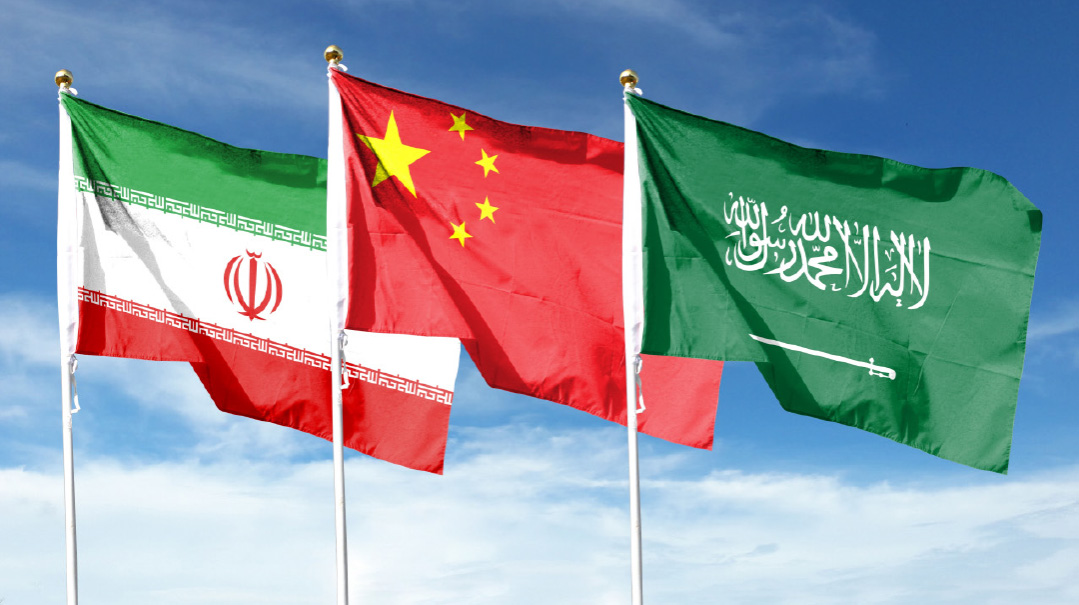Europe’s Breadbasket Is Broken

Russia accounts for 17% of the world’s wheat exports, and Ukraine for 6%

The war in Ukraine, aside from leading to a global geopolitical realignment, is having another worrisome consequence — a world grain shortage.
Not for nothing are the two warring countries known as the “breadbasket of Europe.” Russia accounts for 17% of the world’s wheat exports, and Ukraine for 6%. The Russian siege of Odessa has effectively removed Ukrainian wheat from the market, leaving it in danger of rotting. At the same time, Russia is set to produce just half of its normal wheat supply this year, 40 million tons instead of 80 million.
The result — an expected shortage of 5 million tons of wheat, per data from the Amis Market Monitor. Since the outbreak of the war, wheat prices have risen by 57% over last year. The price of corn has risen by 26%, and the price of soybeans by 22%. On top of all this, fertilizer prices have also surged, further increasing the cost of food production.
The wave of price increases is causing a chain reaction. “Food security,” previously an academic term, is suddenly becoming a very real concept for many: Countries are fighting over the right to buy wheat for their citizens’ nutrition. Wealthier countries are able to afford it, despite inflation and the increasing costs. Less well-off countries risk famine and political unrest.
“On top of Covid-19, the Russian war has unmasked the precariousness and inequalities of the world food system,” says Professor Philip McMichael of Cornell University. “Low-income folks will feel it everywhere, especially in parts of the Middle East and North Africa — states rendered as food importers via the World Trade Organization regime, as food staple prices continue to rise, including in the US. People with purchasing power will manage.”
“Typically it is the poorest households that are most affected,” concurs Stanford University’s Professor David Lobell. “At the country level, it is typically those that are very reliant on imports of whatever grains are rising in price.”
Professor Lobell doesn’t see this as an apocalypse, but he cautions that wise policy choices by decision makers are crucial at this juncture.
“In many cases it is less about what actions are taken and more about not taking the wrong actions,” he says. “Export bans for countries, hoarding for households, these all generally make the matter worse. There are two things going on at the same time — one is that grain prices are high, and the other is that fertilizer prices are high. For consumers, it is mainly the grain prices that matter, but for producers around the world, both of these matter a lot and will affect decisions that they make.”
If the war continues, it bodes ill for the world’s food supply, as there few other alternative sources. But international organizations are already weighing options for trying to mitigate the shortage.
“One hope is that there will be a way to get some of the grain from Ukraine back into circulation, even if the war continues,” says Professor Lobell. “The UN is making efforts on that now. There is also great need for having strong social safety nets for poorer families, and scaling up humanitarian aid efforts to countries at risk — for example, streamlining financing and other tools to get help quickly.”
As momentous as the grain shortage will be on US shores, it will have even greater ramifications for other countries. Before the outbreak of the war, Russia and Ukraine supplied over half the grain consumed in Israel, for example. Just one-fifth of Israel’s wheat is locally grown, and the rest comes from imports: a third from Russia and Ukraine, a third from the Americas, and the rest from Western Europe.
It’s important to note that the wheat shortage doesn’t just mean shortages of bread, but shortages in animal feed as well — in other words, the price of meat, milk, and eggs will also be impacted.
Israeli finance minister Avigdor Lieberman has said that for now, Israel will use its emergency wheat reserves, but these will only last a few weeks. Lieberman has since flown to Azerbaijan to guarantee wheat supplies from that Caucasian country, and has shifted to importing from other countries in Eastern Europe, as well as from Argentina, Brazil, and Uruguay. But importing from more distant countries will also raise shipping costs — and Israelis will feel the difference in their wallets.
Other Middle Eastern countries, particularly Egypt, will face a starker choice. The country imports 60% of the wheat it consumes, and 80% of these imports are from Russia and Ukraine. The government subsidizes domestic wheat production to ensure low prices, but this comes at a cost. Reuters estimates that the cost of Egypt’s wheat subsidy program could nearly double this year, from $3 billion to $5.7 billion.
If prices continue rising, Egypt — whose currency has lost 15% of its value against the dollar this year — will find itself in existential difficulties. The subsidization program is a political decision, meant to ensure political stability in the impoverished country of 103 million people. If the government stops the subsidies or bread prices rise beyond affordability, stability could be undermined in a country which is key to regional calm — bad news for Israel.
Luckily, India has upped its wheat production in recent years, and is supplying Egypt with a large percentage of the grains it previously imported from Russia and Ukraine. But India is also a huge country (over ten times Egypt’s population), and hence requires most of its wheat reserves for domestic consumption. It is thus unclear what the future of imports from India will be in the event that the war drags on.
(Originally featured in Mishpacha, Issue 912)
Oops! We could not locate your form.







